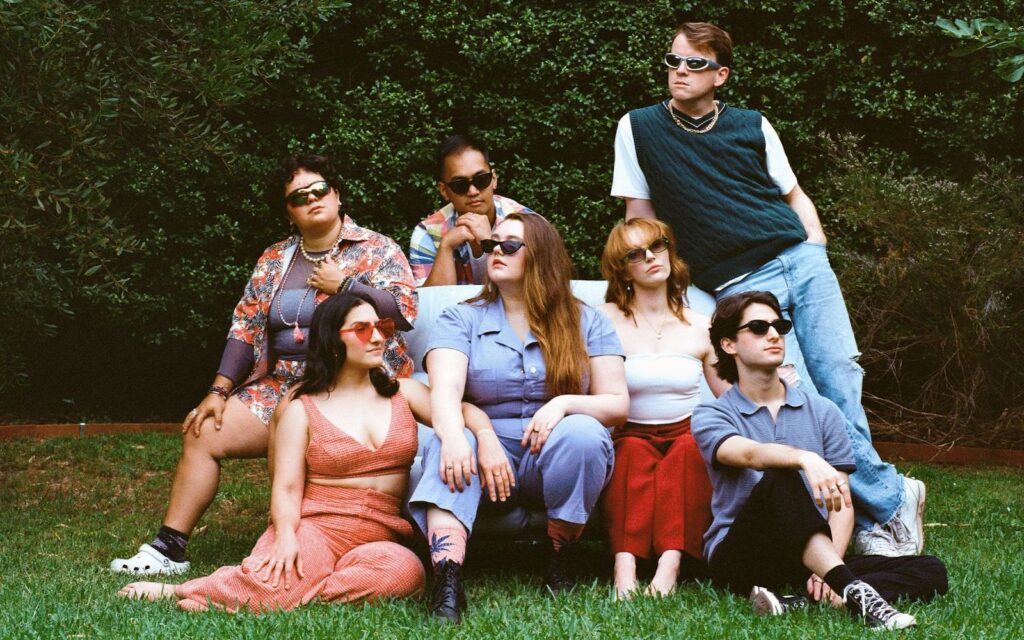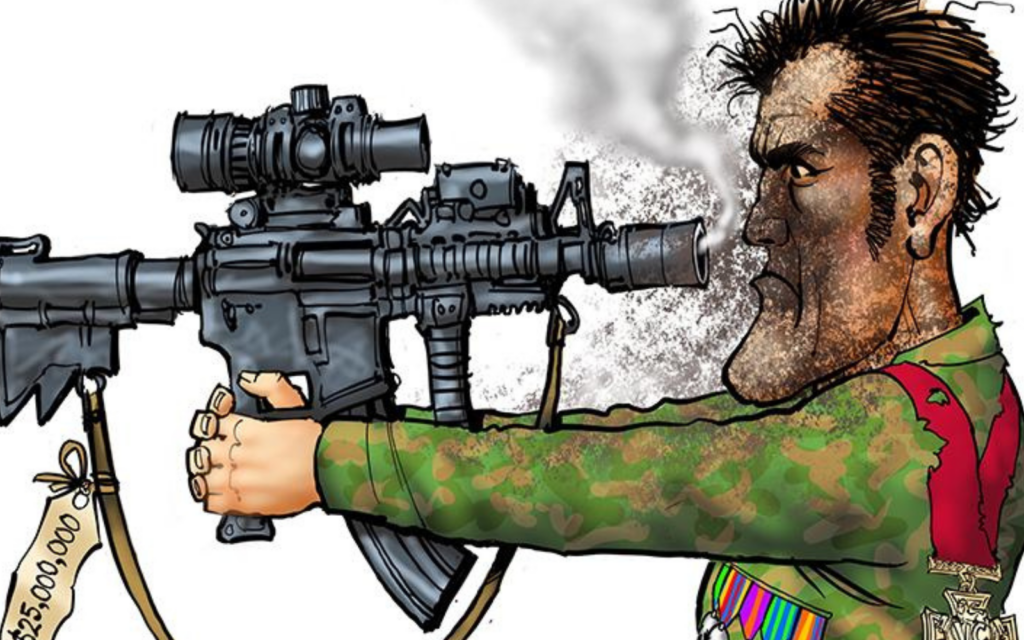“For me, that’s the sort of movement I like to do, and I find it most rewarding for my body to push it in that way,” he says, during a break in a chaotic schedule that involves performances of Swan Lake and Cinderella in Sydney and Brisbane by night, and rehearsals for the company’s upcoming triple bill of modern ballets during the day.
“We’re heading to Brisbane for Cinderella tomorrow, and you know – compared to this new program, the two pieces I’m in, that kind of ballet is just a walk in the park; it doesn’t really push me anymore.”
Taking its name from the French word for speed, Vitesse – the company’s major contemporary production for the 2016 season – is a triple bill of ballets from three of the 20th century’s most prolific choreographers in Jiří Kylián, William Forsythe and Christopher Wheeldon. A fast-paced, sleek production stripped of extravagant costumes and narratives to return to contemporary ballet’s technical foundations, the bill consists of Kylián’s In The Middle, Somewhat Elevated, Forsythe’s Forgotten Land and – for Hawkes, the most exciting – DGV: Danse à Grande Vitesse by the Royal Ballet’s Christopher Wheeldon.
“These choreographers really make it look like the music was just written for what they do – you know, you couldn’t see it suited to anything else at all,” Hawkes says.
Set to celebrated British composer Michael Nyman’s Musique à Grande Vitesse, composed to celebrate the opening of the French high-speed rail system (TGV, or Train à Grande Vitesse – get the pattern now?) in 1993, the piece is inspired by the systematic, mechanical movement of the swift electric trains.
“Ah, God – which one am I doing in this?” Hawkes laughs. “We all learnt the whole ballet last year when we knew we had a bit of time, then we went on break and we haven’t touched it again since – but we’re about to go and have rehearsals up in Brisbane for it and touch it up.
“I do the second pas de deux in this one, and I get to do it with my wife Dimity (Azoury, a soloist with the company) – so that’s pretty cool, I love dancing with her.”
Created originally for the Royal Ballet in 2006, DGV has been performed by many of the world’s best ballet companies – including Russia’s Bolshoi and the New York City Ballet – but this year’s addition on the Vitesse bill is the work’s Australian premiere.
“I always find it a little bit daunting to learn works that weren’t created on you, and you have to learn it after other people; particularly when those people are huge stars in the Royal Ballet,” Hawkes says.
He calls the pas de deux “real punchy – with heaps of energy, and lots of big sweeping movements”, which will suit Hawkes and his partner Azoury perfectly.
“It does give you that impression of a train going through a tunnel, and there’s this real wave to the movements that’s like the motion of a train,” he adds.
Choreographer Christopher Wheeldon is coming to work with the dancers on DGV in the final week before it opens in Melbourne in early March.
“I think he can put in some pretty big changes even in that time… if he doesn’t like you, he’ll just take you out and swap you over…so I’m really hoping that doesn’t happen to me,” Hawkes laughs.
‘The Power To Transform’ is the theme of this year’s Australian Ballet season – part of that being the transformation of ballet and the preconceived notions that often surround it to attract a wider audience. With both the Vitesse triple bill and another contemporary work later in the year based on the life of ballet superstar Nijinsky, Hawkes says it’s refreshing not only for the audience, but for the dancers to continue bringing innovation to an art from steeped in tradition – though more work needs to be done to keep young people interested in ballet.
“The contemporary tickets are a bit cheaper than the classical full-length ballets,” he says. “I do think they succeed in having modern stuff aimed at a younger audience.”
After Vitesse hits Melbourne and Sydney, it’s still all systems go for the rest of the year for Hawkes – back to the classics with Swan Lake alongside Romeo and Juliet, then the Nijinsky ‘bio-ballet’. Having been in the Australian Ballet since 2005, there aren’t a lot of works he hasn’t seen – but what about a dream ballet; his ideal role?
“I feel like I’ve done quite a lot of what I wanted,” he reflects. “Really, I’d love to do a couple more Wayne McGregor pieces, to work with him one-on-one would be amazing.
“I feel like I’m at my absolute best when I’m working with a choreographer who’s really intense, and who really pushes something fresh and new out of you. That’s my ideal situation.”
BY MATILDA EDWARDS







